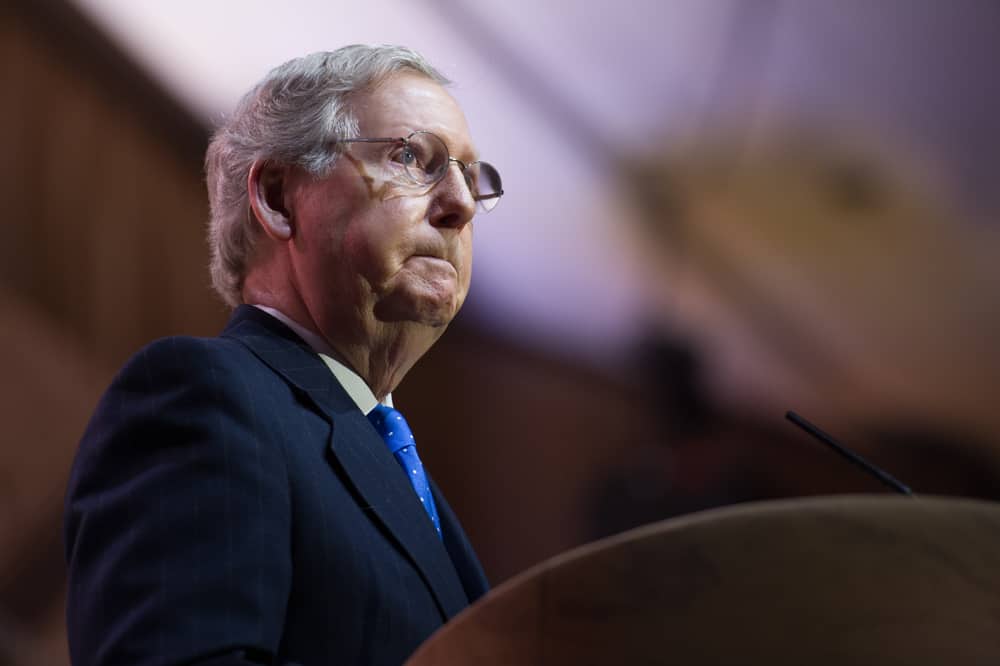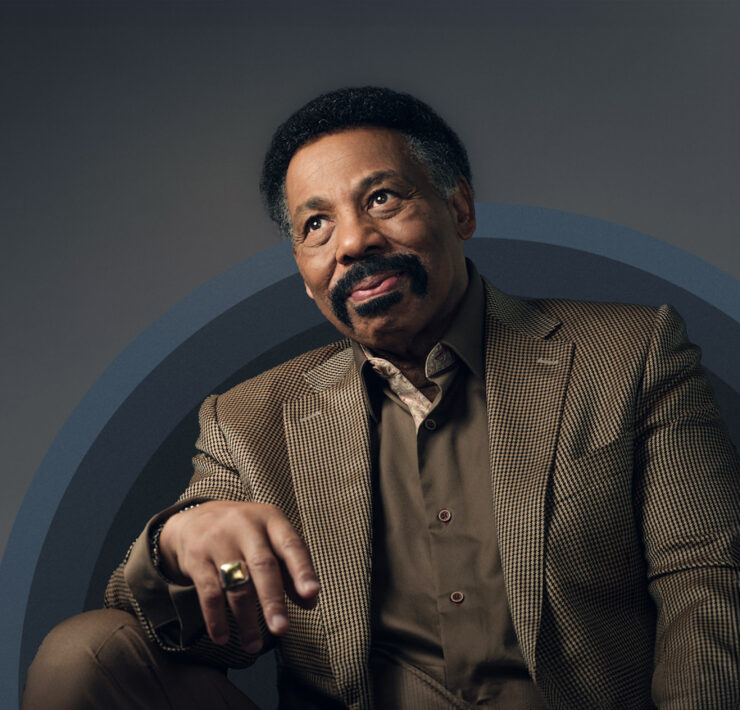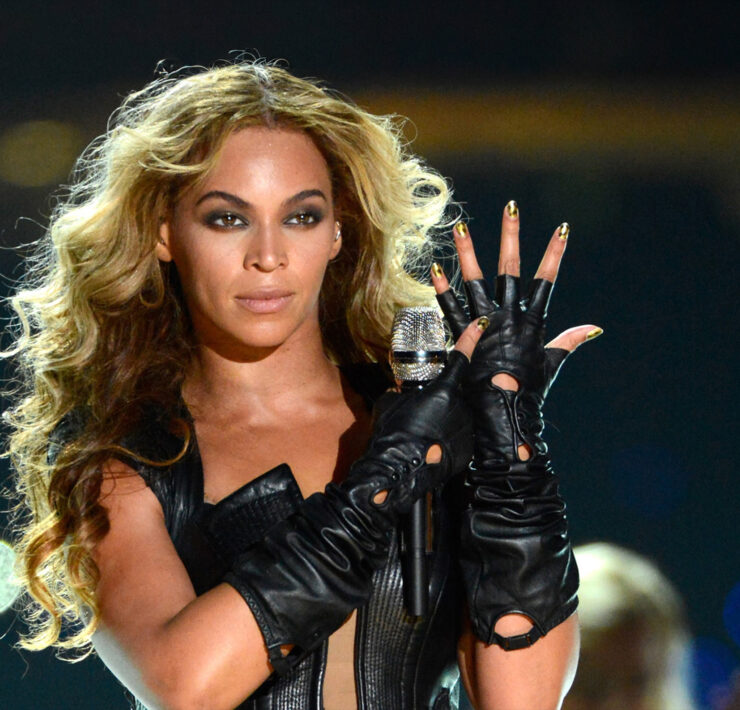
“You remember Rodney King, don’t you?”
These words were spoken to Ernest Grey in 2002 when he was a young, black student at Moody Bible Institute in Chicago, Illinois. They were spoken by a white student who was waving a baton—similar to the kind a police officer might carry.
(For those who need a reminder, the beating of Rodney King was one of the most infamous cases of police brutality of the ’90s.)
Grey reported the incident to the administration and the school disciplined the student. But the traumatic experience was seared into his memory.
“The most disturbing thing to me was that this student was training to do missions in Africa,” Grey said. “I couldn’t believe this cat thought he was going to be a missionary to people of African descent while harboring this kind of racial ignorance.”
The paradox of a missionary-in-training who exhibits racial aggression is emblematic of a troubling spirit that pervades the evangelical college, which was founded in 1886 by prominent evangelist Dwight L. Moody. While it exists to prepare young Christians for ministry, Moody has been wrestling with a deeply ingrained culture of racism for decades.
In numerous interviews with former and current Moody employees and students, I uncovered countless stories like Grey’s. Together, they reveal a culture of normalized whiteness, a pattern of microaggressions and institutional resistance to diversification efforts stretching back decades.
Micah Bournes is a poet and hip-hop artist who graduated from Moody in 2010.
Like many other students of color during that time, Bournes walked onto the campus with a sense of hope and ran headfirst into a wall of whiteness. He was often one of the only people of color in his classes, and 28 of 30 men on his dormitory hall were white. He reports feeling alienated in chapel services because the music was culturally white. Black gospel songs were only played on occasion during Black History Month during his time there.
“I felt a constant tension with white people there, who had a very superficial understanding of acceptance,” Bournes says. “Sure, no one ever told me I was unwelcome, but their thinking and actions excluded people of color like me.”
Bournes is one of several students who remembers hearing “racist jokes” in Moody’s halls and classrooms with regularity. In his freshman orientation class, a white student remarked, “God can’t use hip-hop because it is evil.” Another white student dismissed Bournes in a conversation stating, “I understand black people. I’ve watched BET.”
During Bournes’ sophomore year, he says he realized the Moody handbook “didn’t allow students to have what it called extreme or distracting hairstyles that included cornrows and dreadlocks.” He complained to the administration, telling them that this policy singled out black students. He finally met with the Dean who changed the policy, but the conversation revealed a deeper problem.
“The Dean told me, ‘Micah, this is the thing. We want to keep student expenses as low as possible. But many of our donors are old, wealthy, white people and they have a certain idea of what godliness looks like,” Bournes said. “To appease those donors we often have to move slowly.”
White Privilege Pervades Moody’s Theology Curriculum
John Pendelton is a person of color who arrived on campus in 2010, the year Bournes graduated. Because he majored in biblical exposition, he was required to take many religion and theology courses to graduate. He told me—as did other students—that the curriculum almost never included a black or brown thinker.
“People underestimate how hard it is to go to classes where you’re learning about your faith and your culture isn’t a part of it at all,” Pendleton said. “The curriculum centered on Western culture and left out narratives about people of color. So I’ve had to work to decolonize my theology since then.”
A culture of normalized whiteness and microaggressions has pervaded the Moody campus for decades. Some were more serious than others. For example, one black student who asked to remain anonymous recounted a frightening story from the early 2000s just after one of the Men in Black films had been released in theaters. One student acquired a promotional life-sized cardboard cutout of Will Smith, placed it in his dormitory and hung a noose around its neck.
These stories pale in comparison to the controversy that erupted in 2015 when Embrace—Moody’s African-American student group—decided to host a forum addressing white privilege. The event was called “White Like Me” and was promoted with fliers bearing the tagline, “Thoughts on race from the perspective of a privileged person.”
White Privilege Dominates Campus Discourse
Tiana Taylor was a student of color leading Embrace at the time, and she reports that students and faculty responded to the event announcement with anger.
“I was not just having difficult conversations with students, but other teachers and administrators also emailed me to tell me I shouldn’t be talking about white privilege,” Taylor said. “People across campus were ripping up our fliers, tearing them down and scribbling stereotypes on them.”
Like Bournes, Pendleton and many others, she had already been the target of racist comments and behaviors on campus. For example, Moody yearbooks are provided to students for free. Taylor remembers one white student joking that they were “as free as Rosa Parks’ grandchildren,” prompting laughter from others.
Taylor is also one of several black students who told me that white students would often touch her hair without permission and make comments about its texture and differences from white hair. And she says that security officers found hand-drawn swastikas on campus on at least two occasions during her time there.
Given experiences like these, Taylor wasn’t shocked by white students’ and faculty’s resistance to Embrace’s white privilege event. But she didn’t expect it to escalate as quickly and intensely as it did.
A few days prior to the event, a photo was posted on Facebook depicting one of the fliers with the word “privileged” torn out. A social media firestorm ensued in which students used the hashtag #MBIprivilege to raise awareness about the racial tensions on campus.
‘Racism is Dead,’ says Former Moody Professor
A theology professor at Moody named Bryan Litfin was one of the most prominent resisters of diversity initiatives on campus. After the controversy erupted, he responded with a Facebook post of his own, chiding Embrace leaders for using the term “white privilege” and saying it was “offensive on its face and unworthy of Christian discourse.”
Students of color at Moody were outraged at being chastised online by a professor for merely hosting the event. Litfin later expressed “regret” in an interview with the Chicago Tribune, but as it turns out, he was not as remorseful as he hoped to appear. In April of 2015, The Moody Standard published a letter to the editor penned by Liftin that was titled “Rescinding the term ‘white privilege.’” In it, he reiterated his controversial views and argued that the term was “inflammatory,” “repugnant” and “unworthy of Christians.”
“I suggest we should rip the term ‘white privilege’ out of our discourse at Moody,” Litfin concluded.
His resistance against diversity efforts and honest debates continued. At the beginning of the Fall 2017 semester, white supremacist groups had just sparked a national debate on racism with a series of protests in Charlottesville, Virginia, and Moody students of color were reeling with other minorities across America.
One current freshman at Moody, who asked to not be named, recounted her experience entering Litfin’s class at the start of the year. She says he began class by addressing the Charlottesville protests, offering some deference to the protesters and shaming those who participated in counter-protests.
“[Dr. Litfin] said the events were unfortunate, but that those who were hurt had brought it on themselves,” she told me. “He then told us that racism was dead and shouldn’t be brought up for discussion.”
Later in the semester, she said, Litfin lectured on the Apostles Creed and how much respect there used to be for the Church. He then equated reciting the creed, a practice in many Catholic and Protestant churches, to saying the National Anthem. This student said it was a clear reference to the National Anthem protests being led by black players in the NFL. Just as the early Church showed respect for the Church by reciting the creed, Litfin said, according to this student, so too should Christians show respect for the national anthem.
Given Litfin’s writings about the phrase “white privilege” and comments in class, I found the narrative in his fictional book series, “The Chiveis Trilogy,” to be potentially troublesome. The book is a collection of futuristic fantasy novels. In the prologue to the first volume, The Sword, a deadly virus that originates in monkeys seems to destroy people of color—Asians in Japan, Native Americans in Alaska and African tribes. Four hundred years after this epidemic (and a subsequent nuclear war initiated by “Muslim radicals”), the book description says, “a new and noble civilization emerges.”
I reached Litfin via telephone after he agreed to an interview and planned to ask him why there did not seem to be any people of color in the future he imagines in his book series. When I asked him about his novels and whether there was a theological significance to them, however, he immediately declined to comment and ended the call.
Champions of diversity at Moody will not have to endure Litfin’s antagonism anymore, however. He became one of more than 30 faculty members who were laid off due to budget cuts last November.
Moving the Conversation Forward
The story of strained race relations at Moody is sordid, but many students and faculty told me they felt a sense of hope in recent years. After Paul Nyquist was named as Moody’s ninth president in 2009, he and the former Provost, Junias Venugopal, began to address these issues.
Students of color say that Nyquist met with them regularly to hear their concerns, and even invited them into his family’s home on occasion to share meals. Every interviewee of color I spoke to who was associated with Moody during Nyquist’s tenure told me he took their opinions seriously and always remembered their names.
When Pendleton felt discouraged about reaching out to Nyquist to express his concern, the president met with him personally and said, “Every leader has their thing that they are focused [on]. For me, I want to move racial issues forward here.”
Pendleton says that Nyquist’s engagement on these issues went well beyond mere sentiment. After Pendleton took over leadership of Embrace, he realized that leaders of all but two student groups received stipends from Moody—all except Embrace andthe Jewish student group, Kesher. Though Pendleton “never made a big issue of it,” he received an unexpected email from Nyquist apologizing and offering Embrace leaders a stipend like the others.
He implemented a diversity council to help advise him on policy matters, and during the 2015 controversy, penned a letter defending the use of the phrase “white privilege.” He also required that whenever Moody hired a new employee, they had to consider at least one diversity candidate. But these bold initiatives came with a cost.
“Some people attacked President Nyquist and others, raising a lot of red flags for people of color on campus,” says Craig Henderson, assistant professor of pastoral studies. “They claimed Moody was becoming liberal or supporting Black Lives Matter or practicing ‘reverse racism’ in our hiring practices.” Many professors who’ve advocated for greater inclusiveness at Moody would only speak to me off-the-record for fear of losing their jobs.
Whether President Nyquist and Provost Venugopal would have been able to turn the tide at Moody, we’ll never know. Earlier this month, Julie Roys, a Moody Radio host and writer, published a series of posts on her website outlining a history of “self-dealing.” Accusations included a luxury suite on-campus that was set aside for the use of at least one prominent board member and a $500,000 interest-only loan to Nyquist for the purchase of a $1.08 million condo.
Students of color told me they cried when they heard the announcement. Professors of color and diversity advocates on Moody’s staff told me they are afraid that these transitions will lead to a worsening of race relations. Some staff members said they will have to reconsider their employment if Moody regresses.
Roys was handed a pink slip for sharing the information online. *A day later, the board voted to terminate the contracts for and replace Nyquist and Moody’s chief operating Officer. The provost resigned. Roys says that she doesn’t believe the firings of Nyquist and others have anything to do with race, but students and faculty members told me they believed it was “whitelash” due to their positions on race issues. Regardless, there is angst among many at Moody about the institution’s future.
A Bigger Story
Five years after Ernest Grey’s frightening incident with a baton-wielding white student, he returned to Moody’s campus. Not as a student this time, but as a professor. Since 2007, he has seen both the struggles and the progress made on campus. But he says the story here is bigger than Moody.
“The ethos and sentiment of white privilege is deeply ingrained here and has always pervaded the Moody campus,” he says. “But this is a broader conversation and isn’t just about Moody. Evangelicals in general are wrestling with their identity and trying to figure out who fits and who doesn’t.”
Moody’s racial woes, as told by these students and faculty members, are about a historically conservative Bible college struggling to embrace equality and pluralism. But is also more than that. It is a tale about evangelicalism’s struggle to disentangle itself from white supremacy and privilege. Moody is but a microcosm.
For now, the future of Moody on race issues is as uncertain as evangelicalism itself.
“I think the perception right now outside is that we’re in an all-out combat here, but I wouldn’t describe it that way,” says Professor Henderson. “There is tension and uncertainty and a low level of trust. We need to come together and discuss how to move forward and keep making gains.”
***
*An earlier version used the word fired. This was added for clarification.
Note: This article has been edited. Originally, it read that only one student group had not received a stipend. However, the Jewish student group, Kesher, had also been excluded.






















